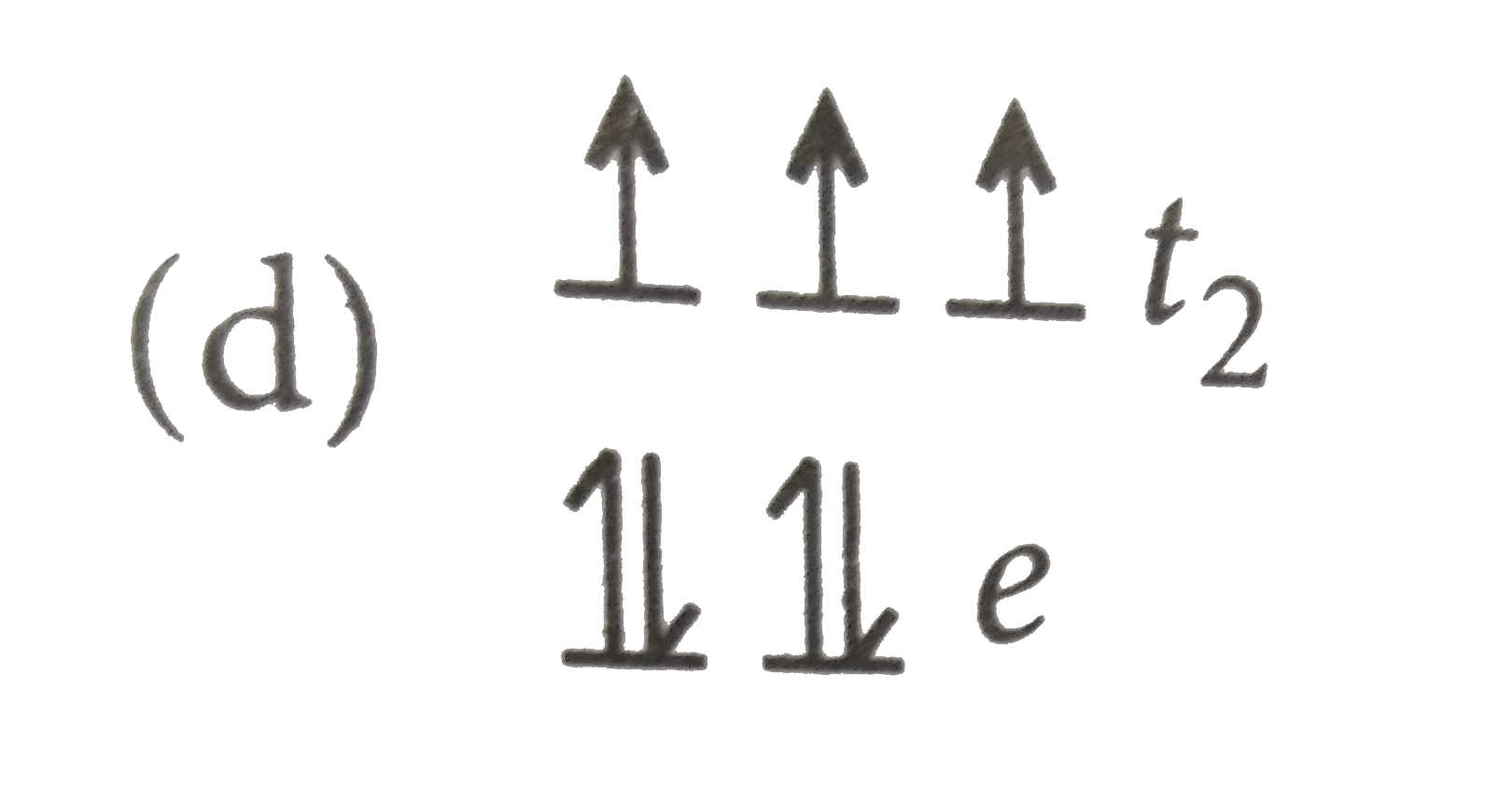Electrons are distributed in different energy shells, according to the rules of
Electronic configuration
Topper's Solved these Questions
- BOOK - ICSECHAPTER - ATOMIC STRUCTURE EXERCISE - EXERCISES (Diagram based questions)3videos
ATOMIC STRUCTURE
- BOOK - ICSECHAPTER - ATOMIC STRUCTURE EXERCISE - EXERCISES (Give reasons for the following)4videos
ATOMIC STRUCTURE
- BOOK - ICSECHAPTER - ATOMIC STRUCTURE EXERCISE - EXERCISES (Match the following)1videos
ATOMIC STRUCTURE
- BOOK - ICSECHAPTER - CARBON & ITS COMPOUNDSEXERCISE - OBJECTIVE TYPE QUESTIONS23videos
CARBON & ITS COMPOUNDS
Similar Questions
Knowledge Check
- Question 1 - Select One
Which of the following energy diagrams shows the electron distribution according to the crystal field model of the 3d-electrons in [CoCl4]2− ?
A B
B C
C D
D
- Question 2 - Select One
Two electrons present in M shell will differ in
Aprincipal quantum numberBazimuthal quantum numberCmagnetic quantum numberDspin quantum number - Question 3 - Select One
If a, b and c are integers then, according to distributive law
Aa×(b+c)=a+b×a+cBa×(b+c)=a×b+a×cCa×(b+c)=a×b×a×cDa×(b+c)=a×b−b×c
Quantum number area assigned to get complete information of electrons regarding their energy angular momentum ,spectral lines etc. Four quantum number are known i.e principal quantum numbers which tell the distinct shell and its angular momentum .Azimuthal tell about subshell and Magnetic quantum number deals with different orbitals in subshell. spin quantum number defines the spin of electrons designated as +12or−12
Electrons are filled in orbitals according to Hund's rule of maximum multiplicity .
Two unpaired electrons present in carbon atom are different with respect to their :View SolutionThe possible sub-shell in n=3 energy shell are
View SolutionA : in a multielectron atom , the electrons in different sub-shell have different energies
R : energy of an orbital depends upon n+l value .View Solution
Label the following in the diagram.
Different energy shells, valence shell, valence electronsView SolutionThe energy of an electron in excited hydrogen atom is -3.4 eV . Then, according to Bohr's therory, the angular momentum of the electron of the electron is
View Solution
